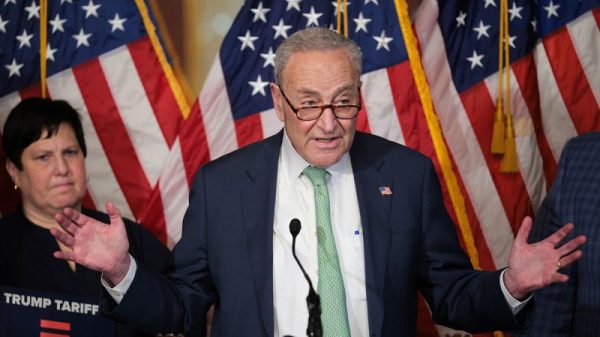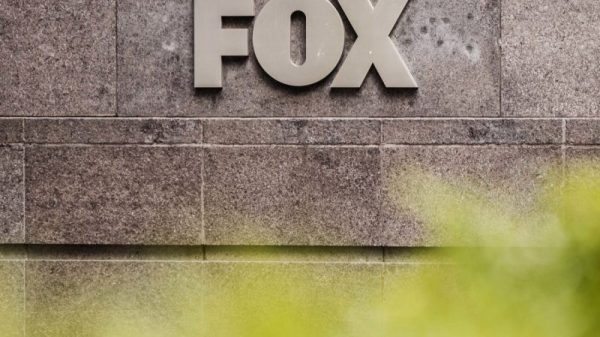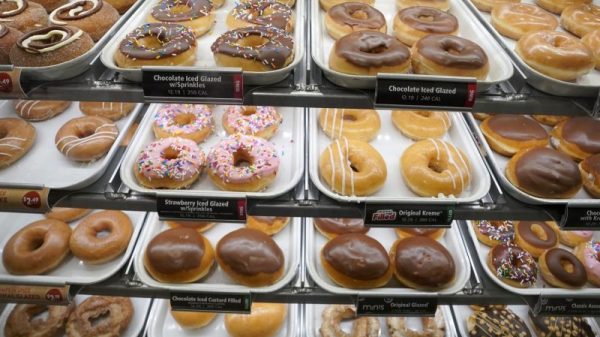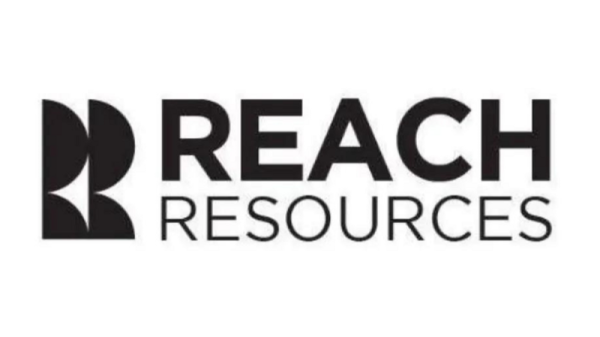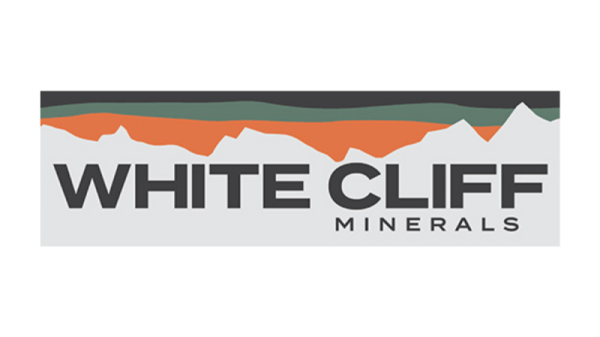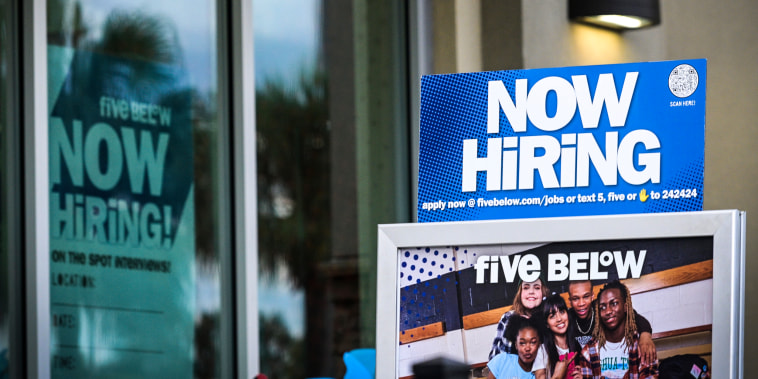U.S. job openings dropped to the lowest level in nearly 2-1/2 years in July as the labor market gradually slowed, bolstering expectations that the Federal Reserve will keep interest rates unchanged next month.
The Job Openings and Labor Turnover Survey, or JOLTS report, from the Labor Department on Tuesday also showed the number of people quitting their jobs dropped to levels last seen in early 2021, indicating that Americans were becoming less confident in the labor market.
That was reinforced by a survey from the Conference Board showing consumers’ perceptions of the labor market cooled in August.
Nevertheless, labor market conditions remain tight, with 1.51 job openings for every unemployed person in July, compared to 1.54 in June. While that was the lowest ratio since September 2021, it is well above the 1.0-1.2 range considered consistent with a jobs market that is not generating too much inflation. Layoffs are very low by historical standards.
“Although the labor market is still tight, the degree of excess demand is declining and is coming about through companies reducing the number of vacancies rather than increasing layoffs and unemployment,” said Conrad DeQuadros, senior economic advisor at Brean Capital in New York. “There is plenty here to make the case that not only is the labor market rebalancing but at this point it is doing so without pushing up unemployment.”
Job openings, a measure of labor demand, were down 338,000 to 8.827 million on the last day of July, the lowest level since March 2021. Economists polled by Reuters had forecast 9.465 million job openings.
The decrease was led by the professional and business services sector, where job openings dropped 198,000. There were 130,000 fewer vacancies in healthcare and social assistance, while open positions fell 67,000 in state and local government, excluding education.
State and local government education job openings declined by 62,000 and there were 27,000 fewer federal government vacancies. But unfilled jobs rose by 101,000 in the information sector. There were an additional 75,000 open positions in the transportation, warehousing and utilities sector.
The job openings rate fell to 5.3%, the lowest level since February 2021, from 5.5% in June. The decline in vacancies was more pronounced in the South, which has experienced an employment boom. The Midwest reported a modest drop, while job openings increased in the Northeast and West.
Declining job openings are likely to be mirrored by slower job growth in August. Economists expect the increase in nonfarm payrolls moderated further in August after posting in July the second-smallest gain since December 2020.
Fed Chair Jerome Powell said at the annual Jackson Hole economic conference in Wyoming on Friday that the U.S. central bank “will proceed carefully as we decide whether to tighten further or, instead, to hold the policy rate constant and await further data.” Financial markets expect the U.S. central bank will leave its benchmark overnight interest rate unchanged at its policy meeting next month, according to the CME Group’s FedWatch Tool.
“With reports like this, the Fed can most likely keep rates unchanged in September,” said Jeffrey Roach, chief economist at LPL Financial in Charlotte, North Carolina.
Stocks on Wall Street were trading higher. The dollar fell against a basket of currencies. U.S. Treasury prices rose.
Workers less confident
The labor market has largely been resilient despite 525 basis points in interest rate hikes from the Fed since March 2022, in part as employers filled positions that opened up during the COVID-19 pandemic.
Companies have also been reluctant to lay off workers after experiencing difficulties finding labor during the pandemic. At 3.5% in July, the unemployment rate was near levels last seen more than 50 years ago.
But the jobless rate could rise in August. The Conference Board’s so-called labor market differential, derived from data on respondents’ views on whether jobs are plentiful or hard to get, narrowed to 26.2% this month. That was the lowest level since April 2021 and was down from 32.4% in July.
This measure correlates to the unemployment rate in the Labor Department’s closely followed employment report.
Waning labor market optimism combined with a surge in gasoline prices to weigh on consumer confidence this month, erasing the back-to-back increases in June and July.
Though there is no strong link between confidence and consumer spending, economists viewed the ebb in morale as sign of a slowing economy.
Many economists believe the Fed’s rate hiking cycle is over, increasing the odds of tepid growth rather than a recession as had been feared since last year.
“The labor market is slowly cooling and this helps make the case for an economic soft landing where inflation can be brought under control without triggering the massive job losses seen in recessions,” said Christopher Rupkey, chief economist at FWDBONDS in New York.
The JOLTS report showed hiring dropped 167,000 to 5.773 million, the lowest level since January 2021. The hires rate fell to 3.7%, the lowest since April 2020, from 3.8% in June.
Resignations decreased 253,000 to 3.549 million, the lowest level since February 2021. The decline was concentrated in the accommodation and food services industry. There were also decreases in wholesale trade, transportation, warehousing and utilities as well as education and health services, and finance.
Fewer people job-hopping could help restrain wage inflation. The quits rate, viewed as a measure of labor market confidence, fell to 2.3%. That was the lowest reading since January 2021 and was down from 2.4% in June.
Layoffs and discharges were little changed at 1.555 million.
“The quits rates … suggests workers are becoming less confident in their ability to find a new, perhaps higher paying job,” said Scott Anderson, chief economist at the Bank of the West in San Francisco.

